Video has become a powerful catalyst for driving purchase decisions and boosting conversion rates in today's digital landscape. Including video on landing pages can increase conversion rates by up to 86%, demonstrating why optimizing video for conversion has become essential for businesses looking to enhance their digital presence.
Understanding the Fundamentals of Optimizing Video for Conversion
When it comes to video marketing, "conversion" refers to any desired action you want your viewers to take after watching your content. Depending on your goals, this could be making a purchase, signing up for a newsletter, downloading a resource, scheduling a demo, or any other measurable action that moves someone further along your business funnel.
The Video Conversion Funnel
The video conversion funnel guides viewers from initial awareness to final conversion through distinct stages:
- Awareness: Videos that introduce viewers to your brand, products, or services
- Engagement: Content that captures attention and encourages viewers to learn more
- Conversion: Videos with clear calls-to-action that prompt the desired response
- Retention: Follow-up content that keeps customers engaged and encourages loyalty
Unlike traditional marketing funnels, optimizing video for conversion allows you to move viewers through multiple stages in a single piece of content, which is why it's such a powerful conversion tool.
Key Performance Indicators Beyond Views
While view count is an easy metric to track, it rarely tells the full story of conversion effectiveness. Instead, focus on these more meaningful metrics:
- Engagement Rate: Measures how viewers interact with your content, calculated as (number of engagements / total impressions) × 100. High engagement indicates your content resonates with your audience.
- Completion Rate: The percentage of viewers who watched your video from start to finish, showing whether your content holds attention throughout.
- Click-Through Rate (CTR): The percentage of viewers who click on your call-to-action, directly correlating with conversion potential.
- Conversion Rate: The percentage of viewers who complete your desired action after watching, directly tied to your business goals.
- Average View Duration: Helps understand audience retention and identify potential drop-off points.
When analyzed together, these metrics provide a comprehensive view of how effectively your videos are moving viewers toward conversion.
The Psychology Behind Optimizing Video for Conversion
Video outperforms static content for conversions because it creates deeper emotional connections that drive action. Here's why:
- Visual Processing: Our brains process visual information 60,000 times faster than text, making video more immediately impactful.
- Emotional Response: Video combines visual and auditory elements to trigger stronger emotional responses. The most effective way to increase the conversion rate of your videos is to make the viewer experience emotion.
- Trust Building: Seeing real people, products in action, or customer testimonials builds credibility. Research shows that videos featuring testimonials can increase conversion rates by up to 62%.
- Personalization Impact: Tailoring video content to specific audience segments creates stronger connections. Personalized videos can increase conversion rates by up to 20%.
- Attention Span Optimization: Videos under 2 minutes have the highest engagement rates, averaging 70%, making them ideal for conversion goals.
The combination of these psychological factors explains why simply including a video on a landing page can boost conversions by over 86%. Optimizing video for conversion doesn't just inform viewers—it creates an emotional experience that makes them more likely to take action.
Understanding these fundamental aspects of optimizing video for conversion allows you to create content that doesn't just attract views but actually drives the meaningful business results you're looking for.
Define Your Target Audience with Precision
Creating compelling video content starts with a crystal-clear understanding of who you're talking to. The more precisely you define your target audience, the more effectively your video will convert.
The Power of Detailed Buyer Personas in Video Conversion Optimization
To maximize your video's conversion potential, go beyond basic demographic information. Develop comprehensive buyer personas that include:
- Demographics: Age, location, income level, education, and occupation
- Psychographics: Values, interests, attitudes, and lifestyle choices
- Behaviors: Shopping habits, content consumption patterns, and decision-making processes
- Pain points: Specific challenges your audience faces that your product or service solves
This level of detail matters significantly. Personalized videos can increase conversion rates by up to 20%. When you know exactly who you're speaking to, you can create content that resonates on a deeper level.
Industry-Specific Audience Considerations
How you define your audience varies significantly across different industries:
Retail: Focus on age groups, lifestyle preferences, and in-store vs. online shopping habits. A clothing retailer might segment audiences by fashion sensibility, price sensitivity, and seasonal buying patterns.
E-commerce: Pay special attention to online behavior patterns, device usage, and buying frequency. Understanding cart abandonment reasons and preferred payment methods can significantly improve your targeting.
Technology: Emphasize technical knowledge levels and adoption rates. Are you targeting early adopters who understand technical jargon, or mainstream users who need simpler explanations?
Actionable Steps for Audience Research
To develop accurate audience profiles for optimizing video conversion:
- Analyze your existing customer data for patterns and insights
- Conduct surveys or interviews with current customers
- Use analytics tools to understand who engages with your current content
- Research competitors to identify audience segments they might be missing
- Test your assumptions with small-scale video campaigns before full production
The investment in thorough audience research pays dividends throughout the entire video production process. When you know exactly who you're creating for, every decision—from script tone to visual style to call-to-action placement—becomes more strategic and effective.
Craft a Clear Message and Compelling CTA
When it comes to optimizing video for conversion, your core message and call-to-action (CTA) are make-or-break elements. Videos with a clear CTA can increase conversion rates by up to 380%, making this one of the most impactful areas to optimize in your video strategy.
Developing Your Core Message for Video Conversion
Before jumping into CTA design, you need to establish a concise, compelling core message. Your message should:
- Align directly with your audience's needs and pain points
- Communicate a clear value proposition
- Support your specific conversion goal
- Be simple enough to understand within seconds
I recommend limiting yourself to one primary message per video. Multiple messages tend to dilute impact and confuse viewers about what action they should take.
Creating Strong, Action-Oriented CTAs
The best CTAs are clear, specific, and action-oriented. Instead of generic phrases like "Learn More" or "Click Here," use compelling language that:
- Clearly states what will happen next
- Creates a sense of urgency
- Emphasizes value to the viewer
- Uses action verbs (Get, Download, Try, Join, etc.)
For example, "Download Your Free Template Now" is much stronger than simply "Learn More."
Optimize Video Length and Structure for Conversion
When it comes to creating videos that convert, length and structure are critical factors that can make or break your success. Let's dive into how you can optimize these elements to maximize engagement and drive conversions.
Find Your Ideal Video Length
The perfect video length depends on your platform and content purpose. Research consistently shows that shorter videos tend to perform better in terms of viewer engagement.
Videos under 2 minutes have the highest engagement rates. Viewers are more likely to watch these shorter videos all the way through, which is crucial for delivering your complete message and call-to-action.
For optimal results in optimizing video for conversion, consider these platform-specific length recommendations:
- Social media videos: 30-90 seconds
- Product demonstrations: 2-5 minutes
- Explainer videos: 60-120 seconds
- Testimonials: 1-2 minutes
- Tutorial or educational content: 5-10 minutes
Remember that different platforms have different audience expectations. TikTok and Instagram users expect brief, punchy content, while YouTube audiences are typically more willing to engage with longer-form videos.
Craft a Compelling Narrative Structure
Even the shortest videos need a clear narrative structure to keep viewers engaged and guide them toward conversion. Your video should follow a logical flow that builds interest and maintains attention throughout.
A strong video structure typically includes:
- Hook (first 5-10 seconds): Capture attention immediately with a compelling statement, question, or visual that addresses your viewer's main pain point or interest.
- Problem/Solution (middle section): Clearly articulate the problem your product or service solves, then demonstrate your solution in action.
- Evidence (supporting section): Provide proof that your solution works through demonstrations, testimonials, or statistics.
- CTA (final section): End with a clear, compelling call-to-action that tells viewers exactly what to do next.
Optimize Technical Elements for Video Conversion
When it comes to converting viewers into customers, the technical performance of your video is just as important as its content. Let's dive into the key technical elements you need to optimize for maximum conversion potential.
Format, Resolution, and Compression
Choosing the right video format and codec is your first step toward ensuring wide compatibility and optimal performance:
- MP4 with H.264 codec: This remains the gold standard for broad compatibility across devices and platforms. It offers an excellent balance between quality and file size, making it ideal for most business videos.
- Resolution considerations: While 1080p (Full HD) is generally recommended for high-quality content, you should adapt your resolution strategy based on your audience:
- 720p works well for standard video content and conserves bandwidth
- 1080p for detailed product demonstrations
- Consider offering multiple resolution options through adaptive streaming
Compression is equally crucial for maintaining quality while reducing file size:
- Use modern codecs like H.265/HEVC for better compression efficiency when targeting devices that support it
- Implement two-pass encoding for important content that requires the highest quality
- Consider variable bitrate encoding (VBR) to optimize file size while maintaining quality in complex scenes
Mobile Optimization in Video Conversion
With 78% of people shopping with their phones, mobile optimization isn't optional—it's essential. Here's how to ensure your videos perform well on mobile devices:
- Design for vertical viewing when appropriate (9:16 aspect ratio)
- Ensure text is legible on smaller screens by using larger fonts
- Optimize for autoplay and silent viewing by including captions
- Test your videos on multiple mobile devices to ensure compatibility
- Use square formats (1:1) for social media platforms where appropriate
Remember that mobile viewers often have bandwidth limitations, so offering lower-resolution alternatives through adaptive streaming can significantly improve their experience.
Loading Speed and Performance
Loading speed directly impacts conversion rates. A two-second delay can increase bounce rates by 103%. Here's how to ensure your videos load quickly:
- Implement lazy loading: Only load video content when it's about to enter the viewport
- Use a Content Delivery Network (CDN): This reduces latency by serving content from servers geographically closer to your viewers
- Consider adaptive bitrate streaming: This technology automatically adjusts video quality based on the viewer's internet connection speed
- Choose an optimized video player: Responsive players that adapt to different screen sizes improve both performance and user experience
- Preload strategically: Configure your videos to preload metadata or key frames rather than the entire video
For maximum performance in optimizing video for conversion, consider using a dedicated video hosting solution rather than self-hosting. These platforms offer built-in optimization features, analytics, and global CDN delivery that would be difficult to implement independently.
By optimizing these technical elements, you'll create a smoother viewing experience that keeps potential customers engaged with your content and increases the likelihood they'll take your desired conversion action.
Implement Interactive Elements to Boost Video Conversion
Interactive video elements are powerful conversion drivers that transform passive viewers into active participants. The data tells a compelling story: interactive videos drive 66% more engagement and 44% longer viewing time than static media. Even more impressive, interactive content can lead to up to a 30% increase in conversion rates. Let's explore how you can leverage these interactive features to boost your video marketing results.
Shoppable Video Features for Conversion Optimization
Shoppable videos create a direct path between product discovery and purchase, eliminating friction in the buyer's journey. These features allow viewers to click on products within the video and purchase them without disrupting their viewing experience.
The impact of shoppable videos on conversion can be dramatic:
- 41% of viewers add products to their carts directly from shoppable videos
- Clickable product hotspots can generate 10x higher click-through rates compared to passive videos
- Puma's "shop as you watch" video achieved an earnings-per-click rate 24 times higher than the e-commerce industry average
To implement shoppable features effectively, start with your best-selling products that have strong visual appeal. Place clickable hotspots at moments when viewers are most engaged with the product, and ensure the checkout process is seamless.
Learn more about Firework's shoppable video solutions
Decision Points and Engagement Tools
Beyond shoppable features, there are numerous ways to make your videos interactive and boost engagement:
- Clickable Hotspots: These allow viewers to access additional information, related content, or product details without leaving the video.
- Interactive Quizzes and Polls: Embed quizzes or polls to gather feedback, test knowledge, or help viewers determine which product best suits their needs.
- Branched Storytelling: Create videos where viewers choose their own path through the content, making decisions that personalize their experience.
- Forms and Lead Captures: Integrate email signup forms or other lead capture mechanisms directly within the video.
- Personalized CTAs: Customize calls-to-action based on viewer behavior or preferences. Personalized CTAs convert 202% better than standard CTAs.
The beauty of these tools is their ability to transform one-way communication into a two-way conversation, keeping viewers engaged throughout the entire video.
Integration Best Practices for Optimizing Video Conversion
For interactive elements to drive conversions effectively, they must be implemented thoughtfully:
- Seamless Integration: Interactive elements should enhance the viewing experience, not disrupt it. Ensure they appear naturally within the content flow.
- Mobile Optimization: With most video consumption happening on mobile devices, all interactive elements must function perfectly on smaller screens.
- Strategic Timing: Place interactive elements at key moments in the video when viewer engagement is highest and the element is most relevant.
- Clear Instructions: Briefly explain how viewers can interact with your video, especially for first-time viewers of your interactive content.
- Measure and Iterate: Track which interactive elements generate the most engagement and conversions, then optimize accordingly.
- Keep It Simple: Don't overwhelm viewers with too many interactive options. Focus on quality over quantity.
- Value-First Approach: Every interactive element should provide clear value to the viewer, whether it's helpful information or a convenient shopping shortcut.
By thoughtfully implementing interactive elements in your marketing videos, you can create more engaging experiences that naturally guide viewers toward conversion while providing genuine value throughout their journey.
Explore Firework's Digital Showroom solution to see how interactive video can transform your customer experience.
Optimize Video Landing Pages for Conversion
The environment where your video appears significantly impacts its conversion potential. To transform viewers into customers, you need a landing page that works harmoniously with your video content.
Create a Conversion-Focused Environment
When embedding videos on landing pages, placement is everything. Research shows that adding a homepage video can increase conversions by up to 86%. To maximize this potential:
- Position your video "above the fold" so visitors see it without scrolling.
- Ensure the video complements your written content rather than repeating it.
- Keep distracting elements to a minimum around the video.
- Make sure your video dimensions work well within your page layout.
Strategic Placement for Maximum Impact
Not sure where to place your video? Let data guide your decision:
- Implement A/B testing with different video placements to see which performs better.
- Use heat mapping tools to analyze where visitors focus their attention.
- Test putting videos near key conversion points (like sign-up forms or pricing information).
- Consider how different placements affect mobile vs. desktop users.
Align Video and Page Content
Your video and landing page text should work together toward a common conversion goal:
- Ensure your video messaging matches your written copy in tone and substance.
- Use your video to address potential objections that might prevent conversion.
- Have your landing page content expand on points introduced in the video.
- Create a natural flow that guides visitors from video viewing to taking action.
Complementary Elements for Optimizing Conversion
Support your video with strategic elements that enhance its conversion power:
- Include a clear, action-oriented CTA that relates directly to your video content.
- Add social proof (testimonials, reviews) near your video to build trust.
- Consider using timestamps or chapters for longer videos to improve user experience.
- Test adding transcript options for accessibility and SEO benefits.
By thoughtfully optimizing your video landing pages, you'll create an environment where your videos can truly perform at their conversion-driving best.
Track the Right Metrics for Video Conversion Success
Understanding how your videos perform is crucial to improving their conversion power. While many platforms provide dozens of metrics, focusing on the ones that directly impact your conversion goals will give you the most actionable insights.
Engagement and Completion Metrics
The first set of metrics to track focuses on how viewers interact with your content:
Engagement Rate: This measures how viewers interact with your video content.
- How to calculate: (Number of engagements / Total impressions) × 100
- Why it matters: Higher engagement indicates your content resonates with viewers, making them more likely to convert.
Completion Rate: This shows the percentage of viewers who watched your video from start to finish.
- How to calculate: (Number of complete views / Total video plays) × 100
- Why it matters: Low completion rates often indicate content issues that need addressing. Videos under 2 minutes have the highest engagement rates, averaging around 70%.
Average View Duration: This tells you how long viewers typically watch your video before dropping off.
- Why it matters: This metric helps identify where viewers lose interest, allowing you to optimize content around these drop-off points.
Conversion-Specific Metrics in Video Optimization
These metrics directly connect your video performance to business results:
Click-Through Rate (CTR): The percentage of viewers who click on your call-to-action after watching.
- How to calculate: (Number of clicks / Number of video views) × 100
- Why it matters: CTR directly correlates with conversion potential and shows how effectively your video drives viewers to take action.
Conversion Rate: The percentage of viewers who complete your desired action after watching.
- How to calculate: (Number of conversions / Number of video views) × 100
- Why it matters: This directly ties to ROI, showing how effectively your video turns viewers into customers. Research shows that including a video on a landing page can boost conversions by over 86%.
CTA Conversion Rate: The percentage of viewers who take the desired action after clicking your CTA.
- How to calculate: (Number of conversions / Number of CTA clicks) × 100
- Why it matters: This helps you distinguish between video performance and landing page performance. For example, if 1,000 people view your video, 50 click the CTA, and 10 purchase, your CTA conversion rate would be 20%.
Implement Continuous Optimization in Video Conversion
Creating videos isn't a one-and-done affair. To maximize conversion rates, implement a systematic approach to continuously optimize your video content based on real performance data. Here's how to structure an effective optimization framework:
Establish Your Metrics Baseline
Before you can improve anything, you need to know what metrics matter most for your conversion goals:
- Engagement rate: Measures how viewers interact with the content.
- Click-through rate (CTR): Shows the percentage of viewers clicking your CTAs.
- Conversion rate: The percentage of viewers completing your desired action.
- Completion rate: Percentage of viewers watching the entire video.
- Average view duration: How long viewers stay engaged.
- CTA conversion rate: Percentage of CTA clicks that result in conversions.
By tracking these metrics consistently, you create a foundation for data-driven optimization decisions.
Create Content Optimization Loops
When you notice videos with low engagement or completion rates, analyze where viewers drop off and refine your content accordingly:
- If viewers consistently abandon your video at a specific timestamp, examine that section for issues.
- For videos with high engagement but low conversion, test different CTAs or CTA placement.
- When certain topics perform exceptionally well, create more content variations on those themes.
Research shows that analyzing drop-off points and making targeted adjustments can significantly boost overall performance.
Implement Platform-Specific Optimization
Different platforms have unique algorithms and audience behaviors. Track metrics separately by platform to optimize accordingly:
- For YouTube, focus on watch time and suggested video performance.
- On Instagram, optimize for initial engagement and completion rate.
- For website embedded videos, prioritize conversion metrics.
This platform-specific approach ensures you're not making one-size-fits-all optimizations that might work on one platform but fail on another.
Leverage A/B Testing for Iterative Improvement
A/B testing is crucial for optimization. Companies using A/B testing in their video strategy see an average increase in conversion rates of 49%. Systematically test:
- Different video lengths.
- Alternative opening sequences.
- Various CTAs and their placement.
- Thumbnail options.
- Music and sound design variations.
By testing one variable at a time, you can pinpoint exactly what drives better performance.
Segment Audience for Personalized Experiences
Research shows personalized videos can increase conversion rates by up to 20%. Use conversion data to segment your audience and deliver tailored experiences:
- Create different video versions for distinct audience segments.
- Customize thumbnails and previews based on viewer preferences.
- Implement dynamic CTAs that change based on viewer behavior.
This personalization creates more relevant experiences that drive higher conversions.
Establish Content Refresh Cycles
Establish regular intervals to refresh underperforming content:
- Quarterly reviews of all video assets.
- Monthly deep-dives into top-performing and worst-performing videos.
- Immediate action on videos that fall below baseline performance metrics.
This systematic approach ensures no video content becomes stagnant and outdated.
Prioritize Optimization Efforts
Not all optimizations deliver equal impact. Create a framework to prioritize efforts:
- High impact, low effort: Quick fixes with big potential returns (thumbnail updates, CTA adjustments).
- High impact, high effort: Major improvements worth the investment (complete video redesigns for top-funnel content).
- Low impact, low effort: Small improvements to implement during routine updates.
- Low impact, high effort: Deprioritize unless resources are abundant.
This framework ensures you focus resources on optimizations that will most directly impact conversion rates and business goals.
By implementing this systematic approach to optimizing video for conversion, you can continuously refine your content based on actual performance data, driving ongoing improvements in engagement and conversion rates.
Unlock Exclusive Insights
By submitting this form, you agree to Firework's privacy policy and consent to receive personalized marketing communications. You can unsubscribe at any time.
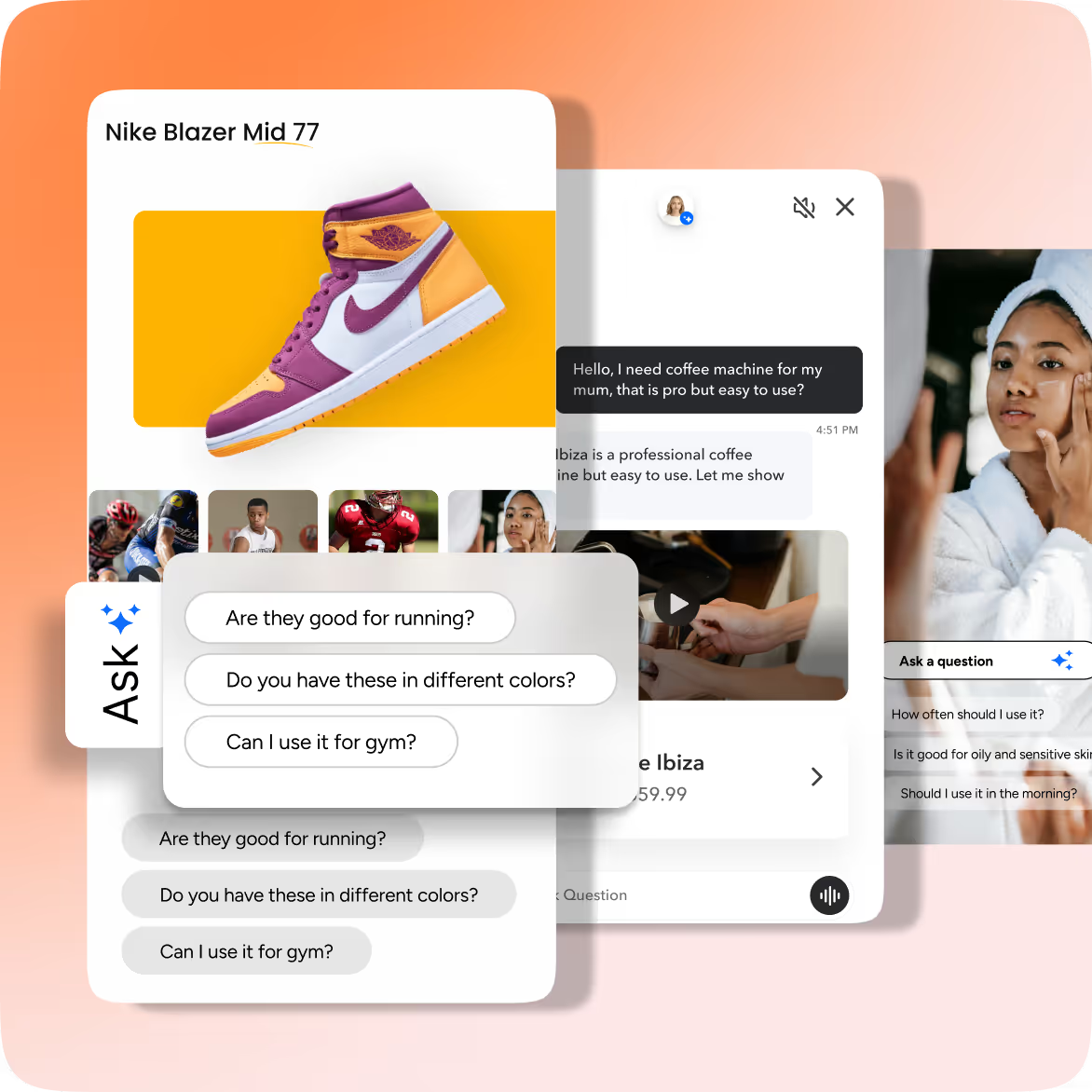
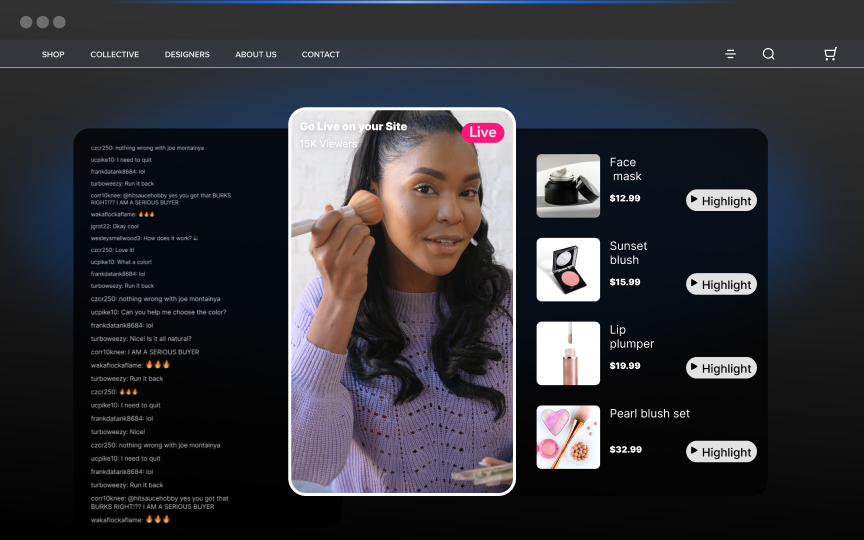
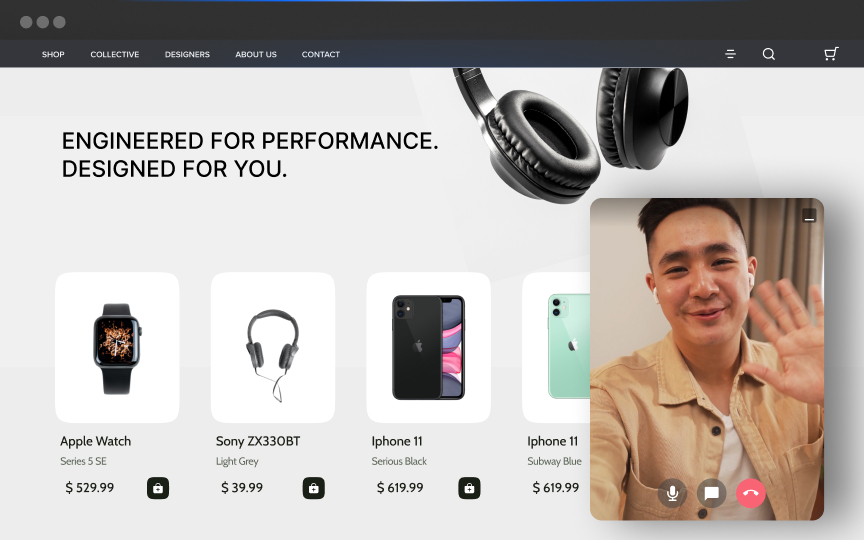


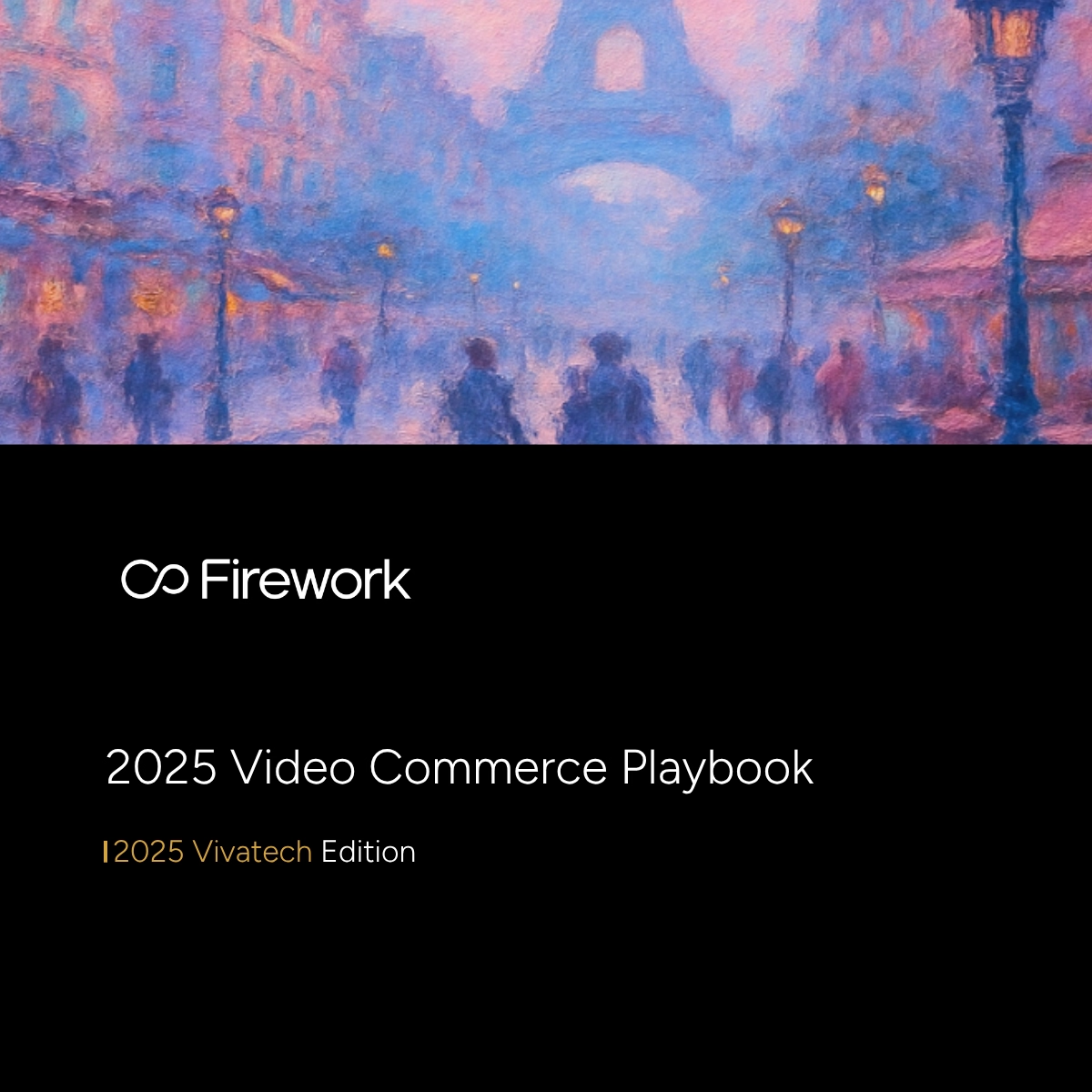









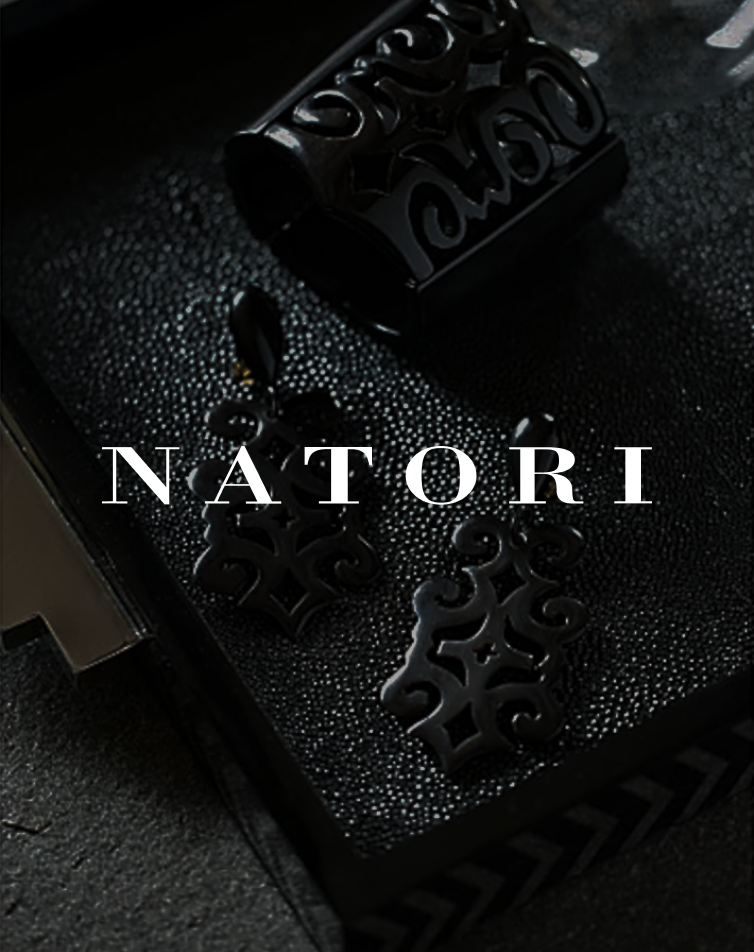









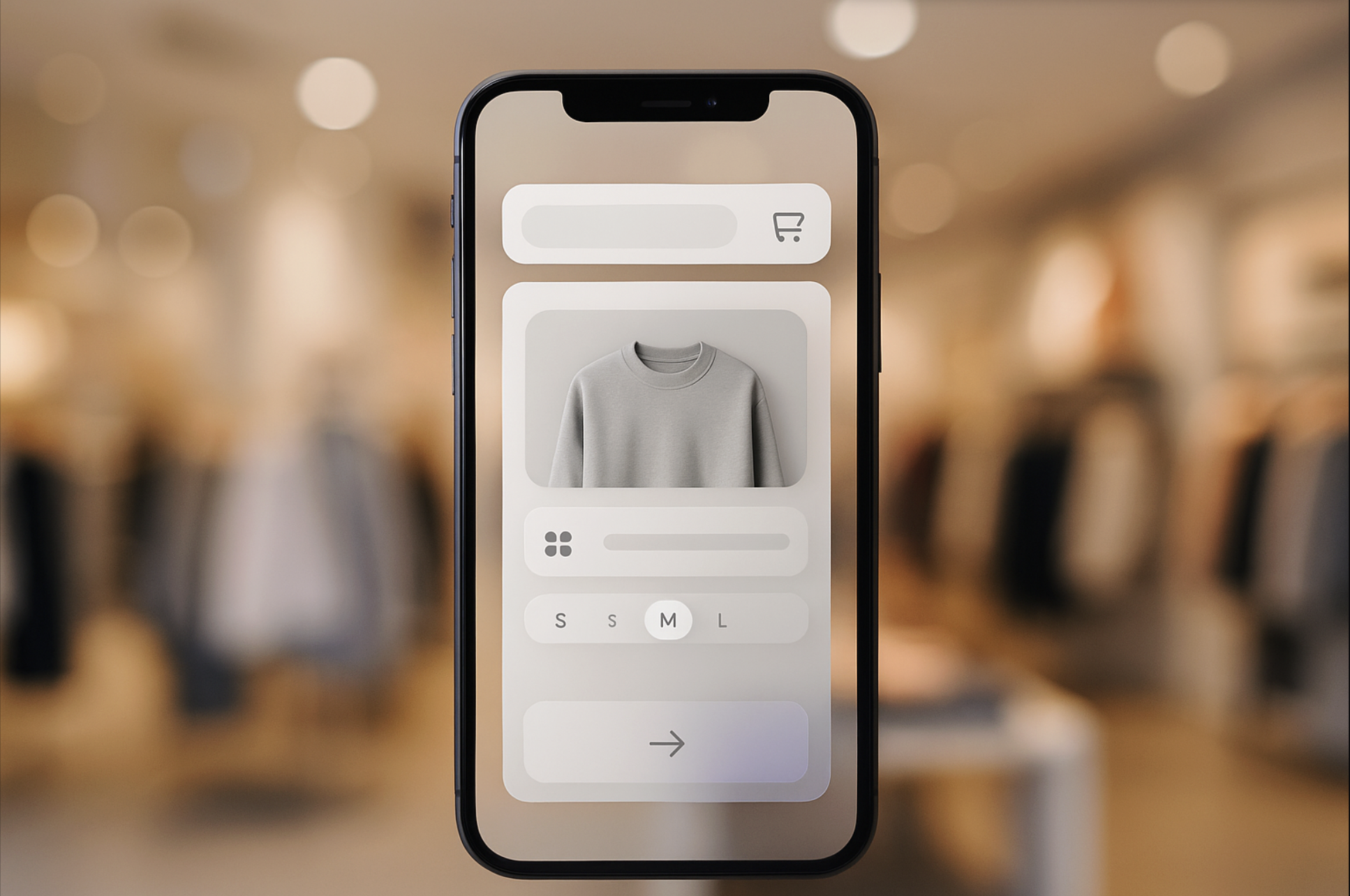



.jpg)
